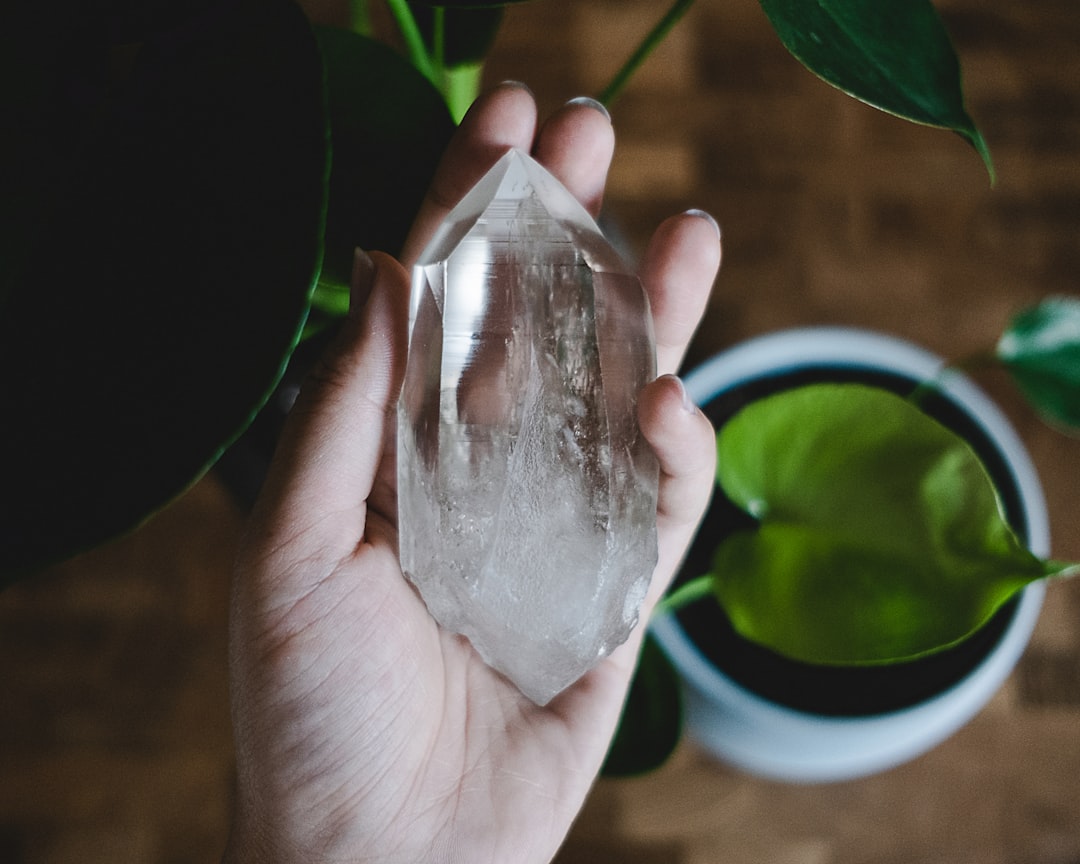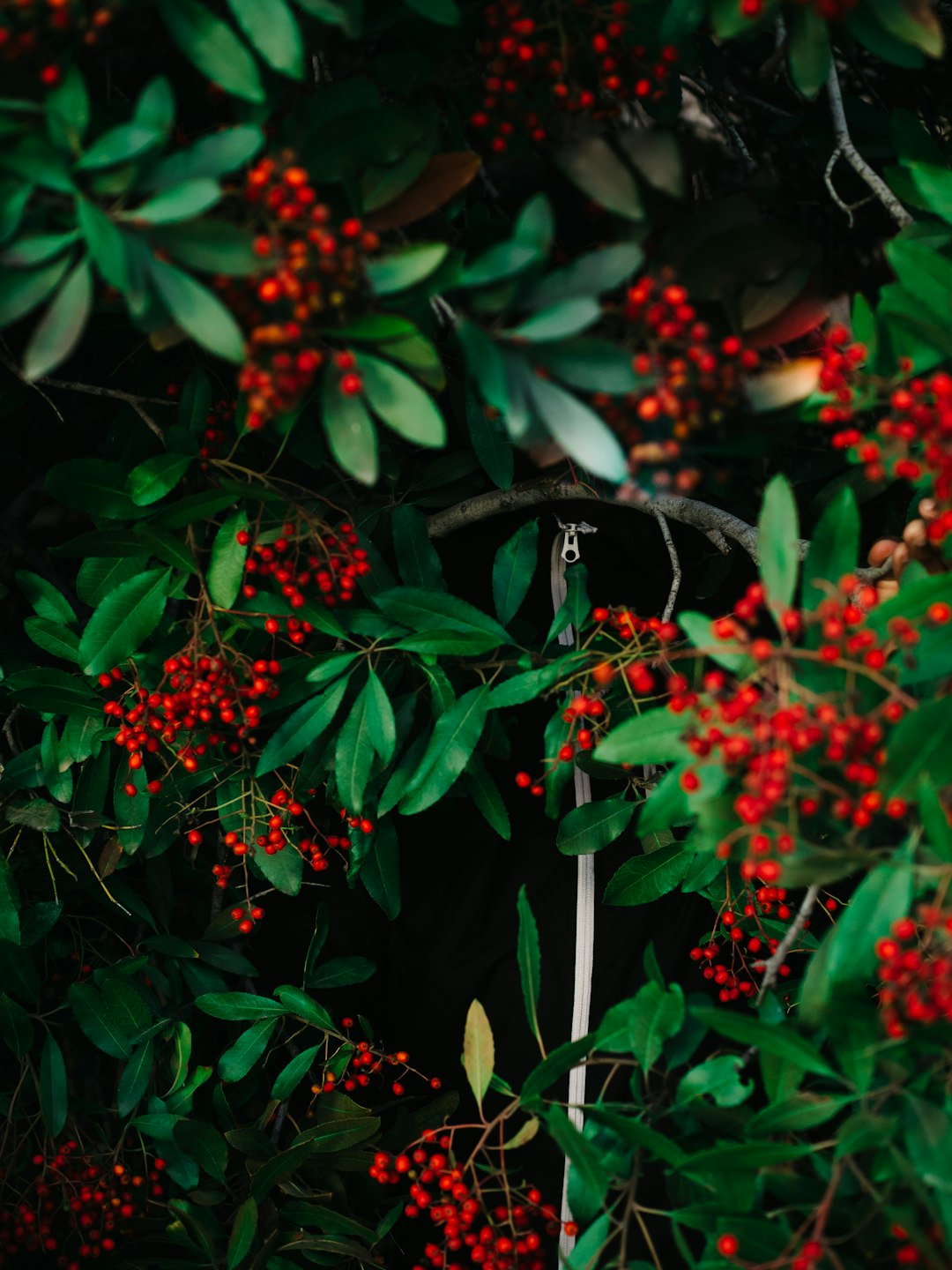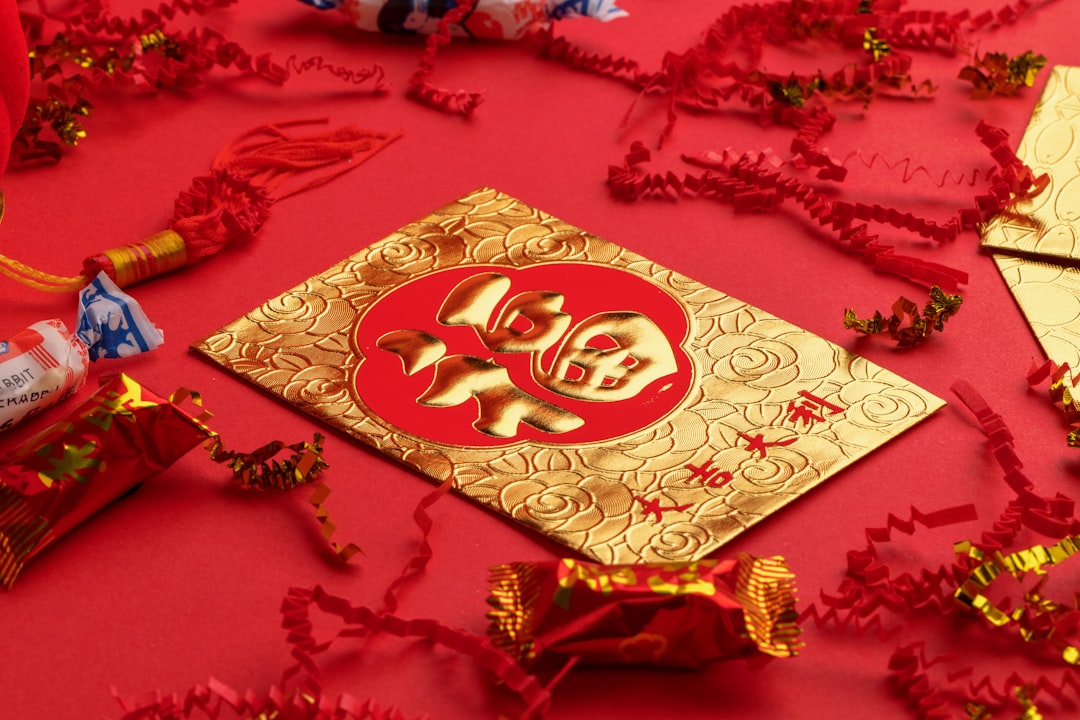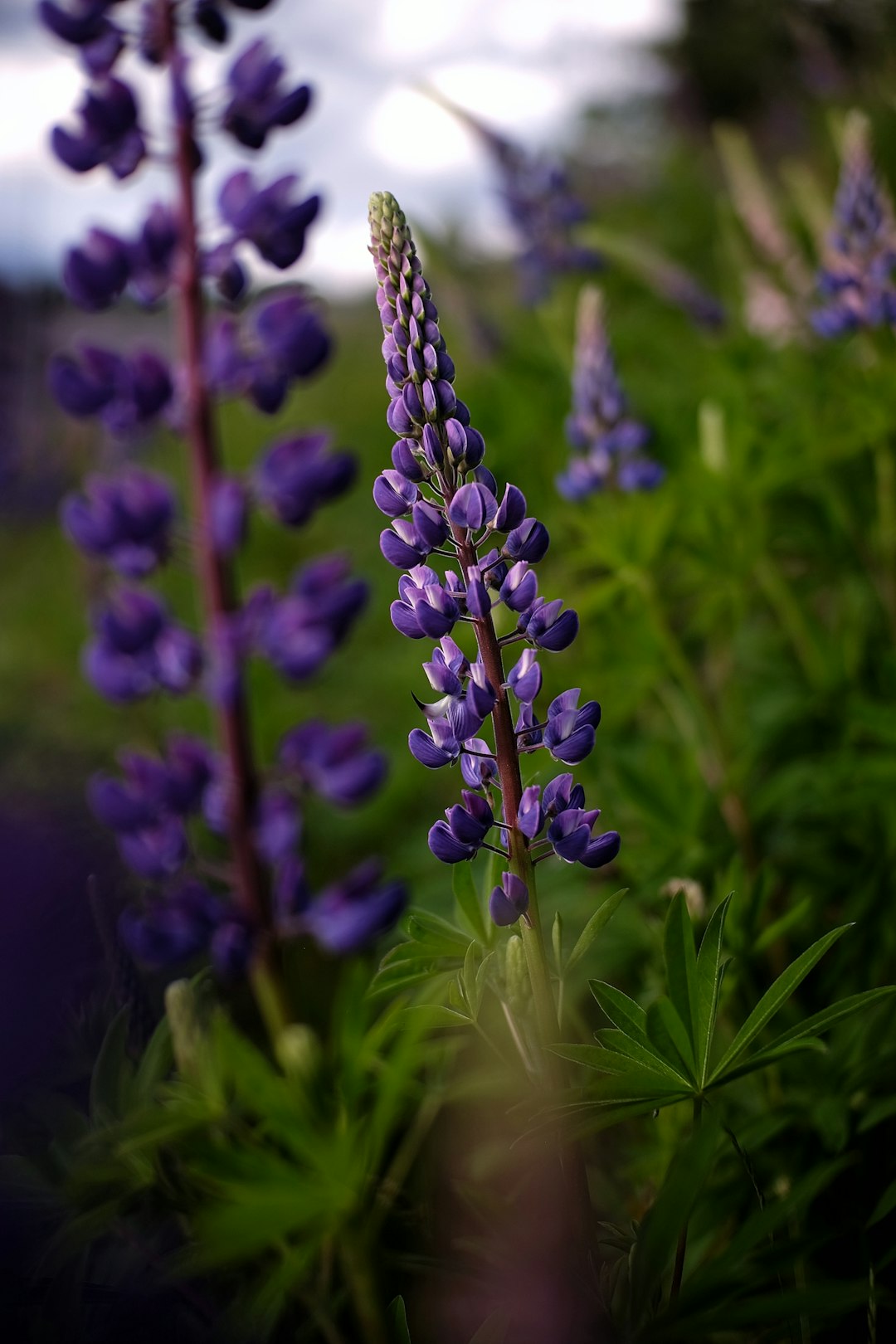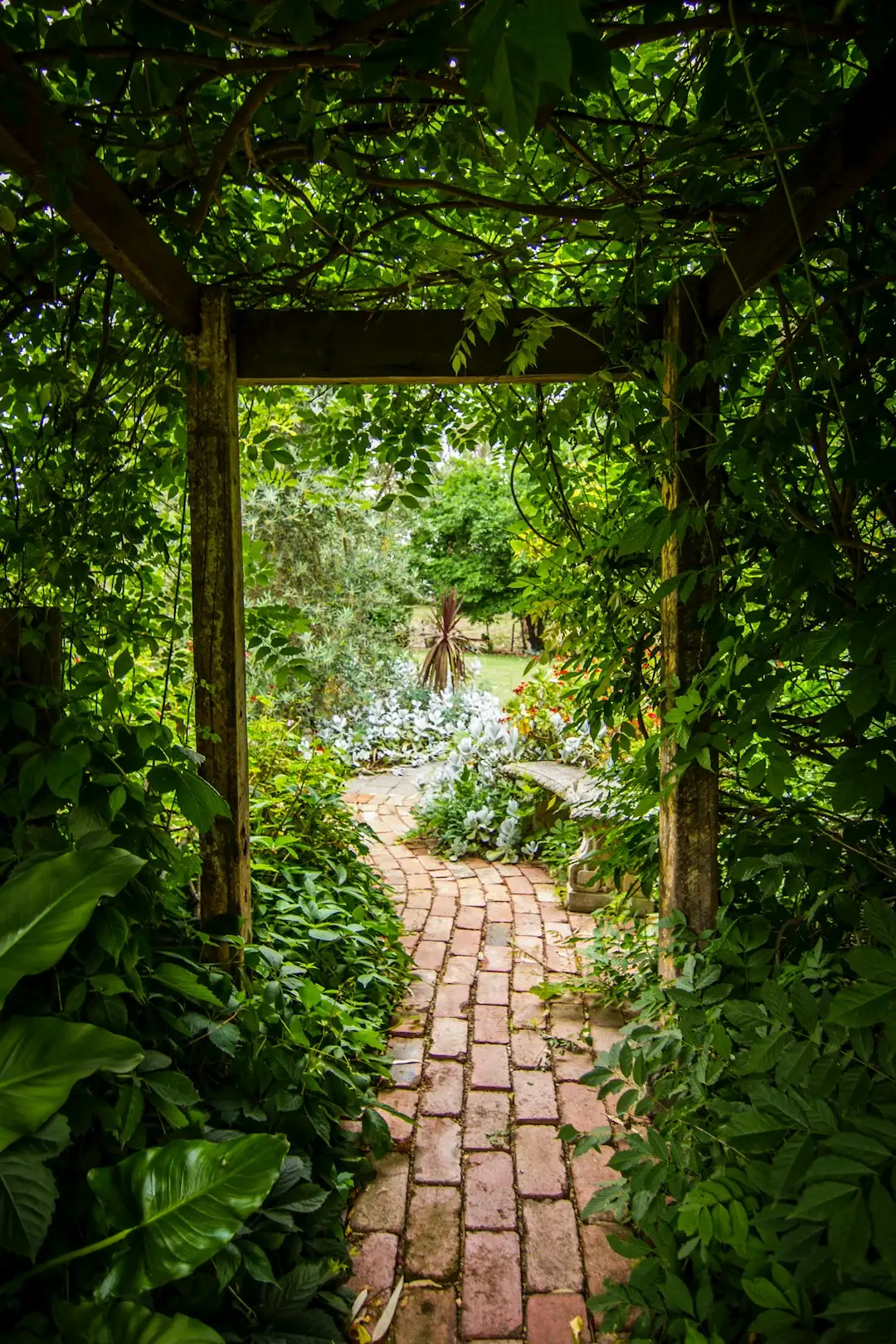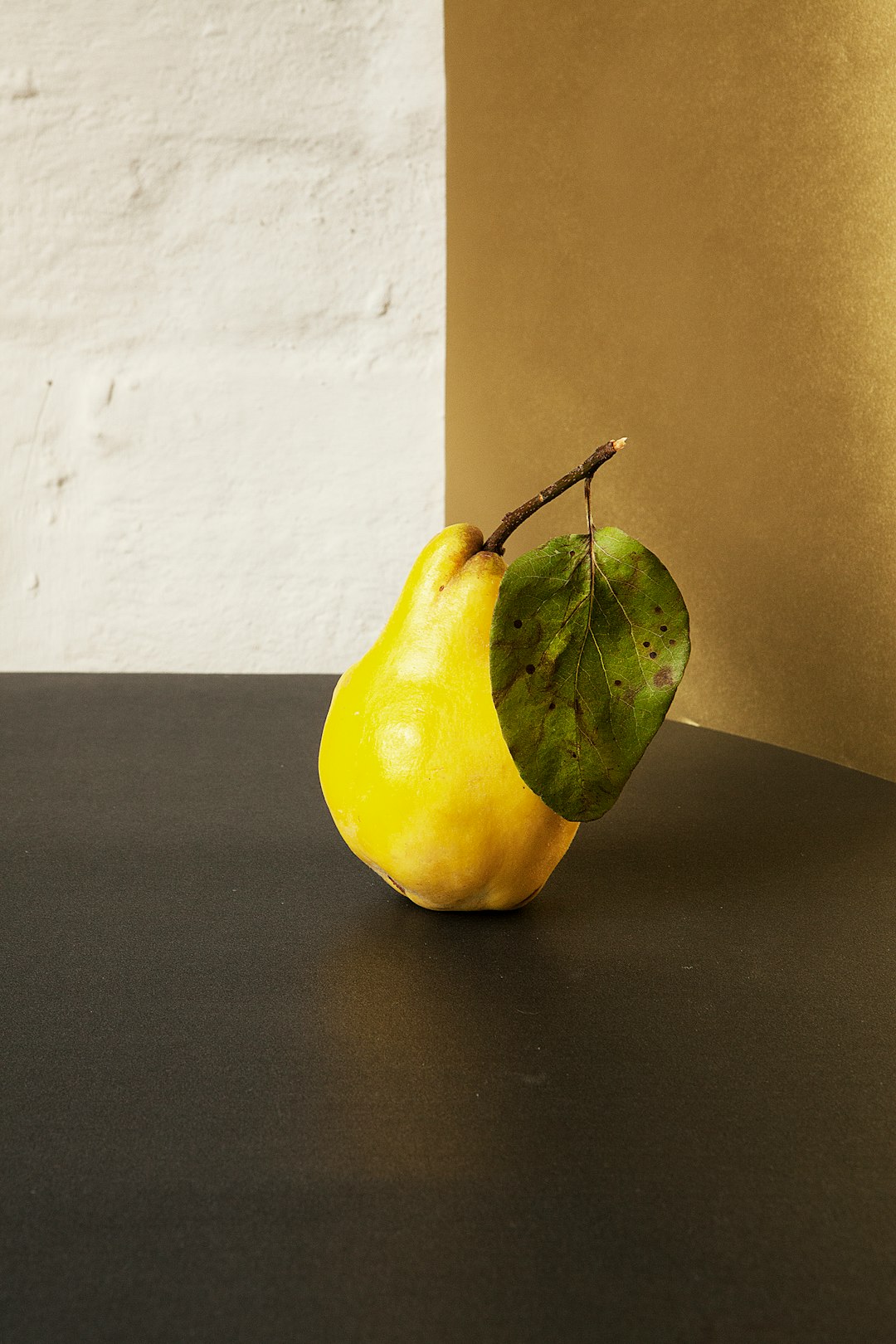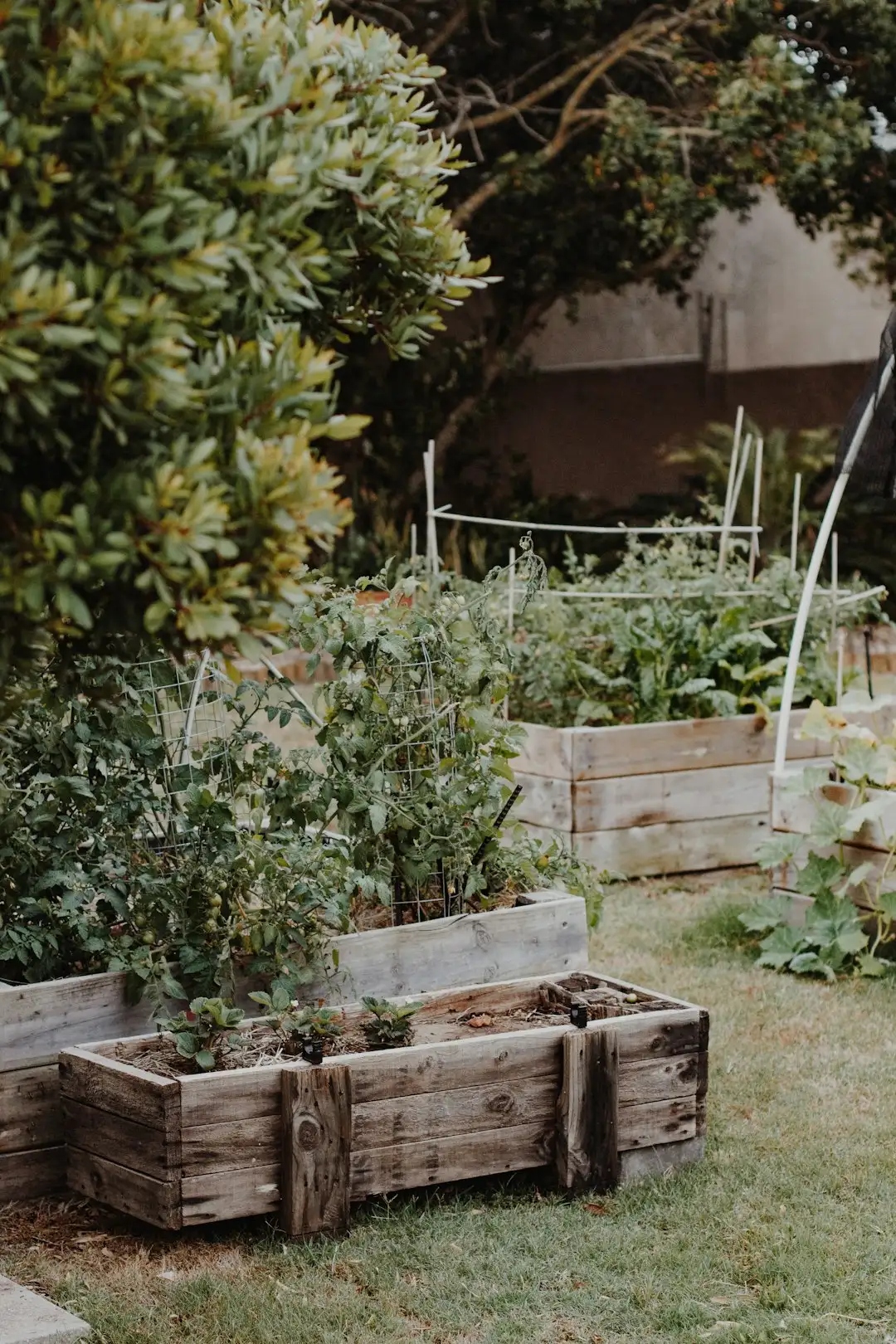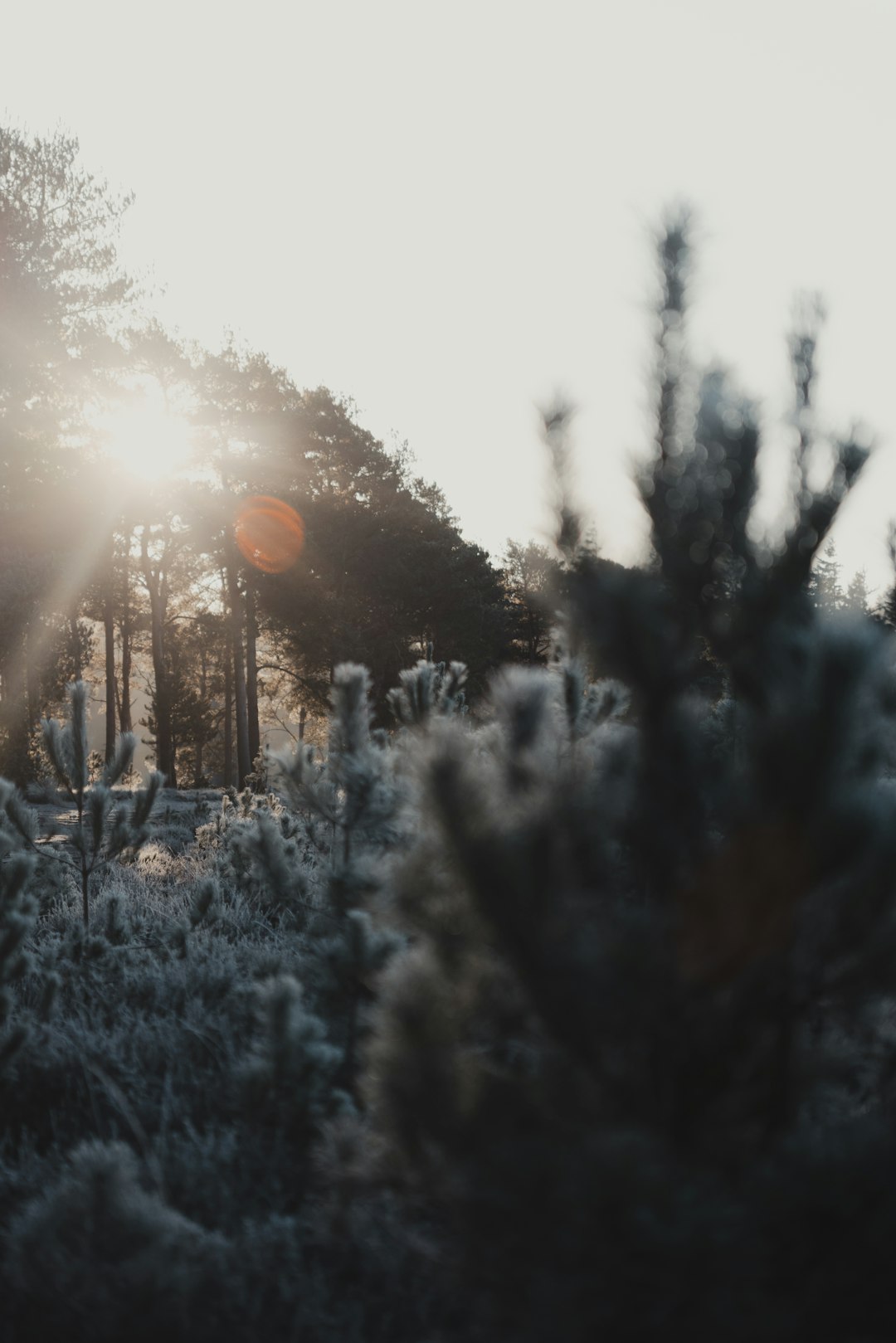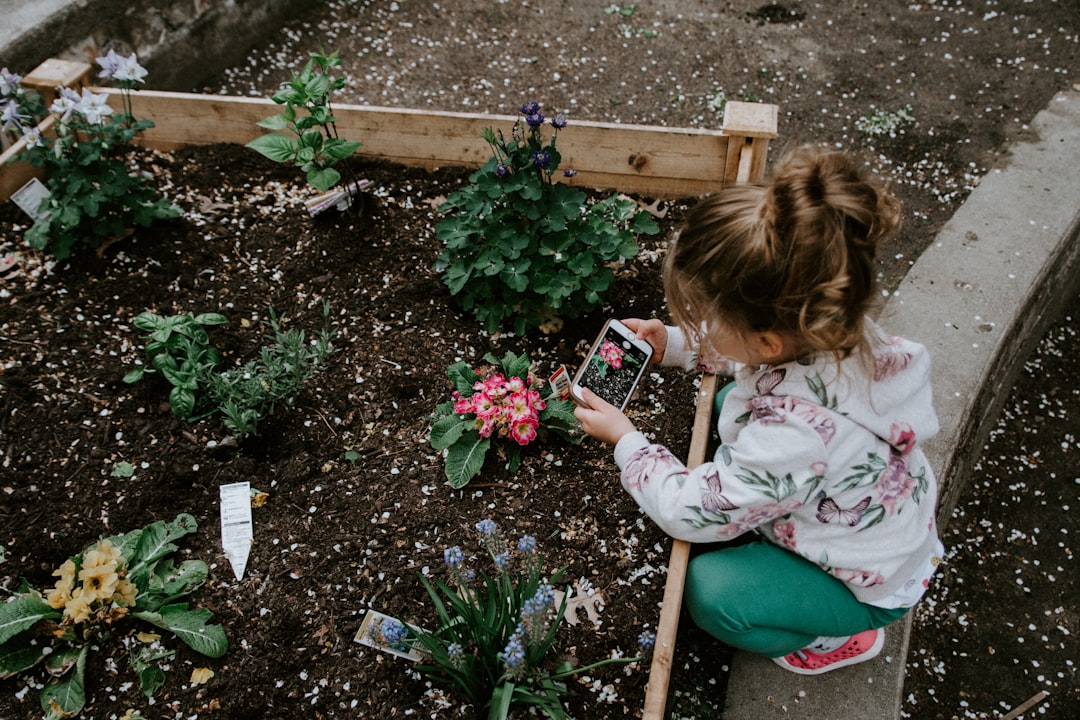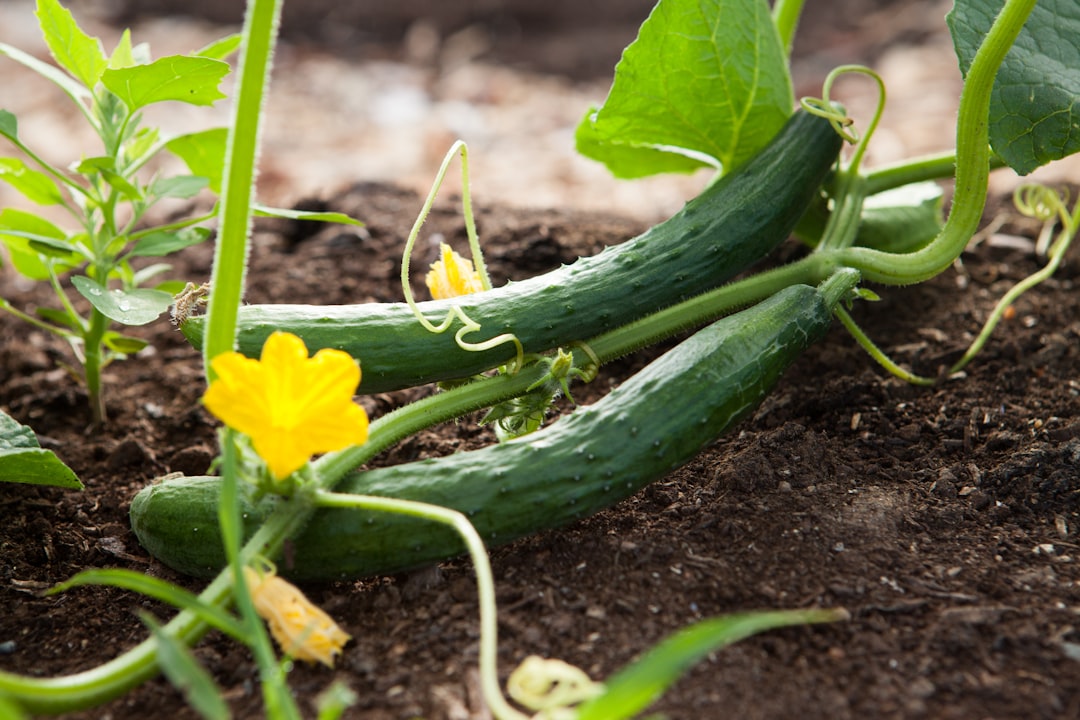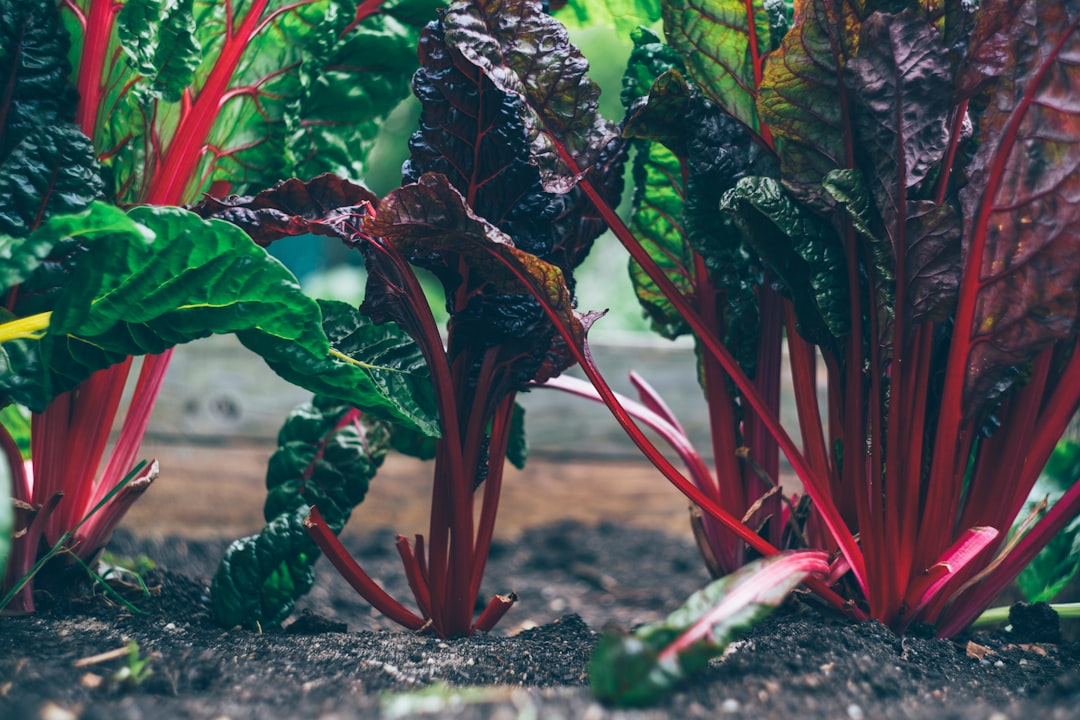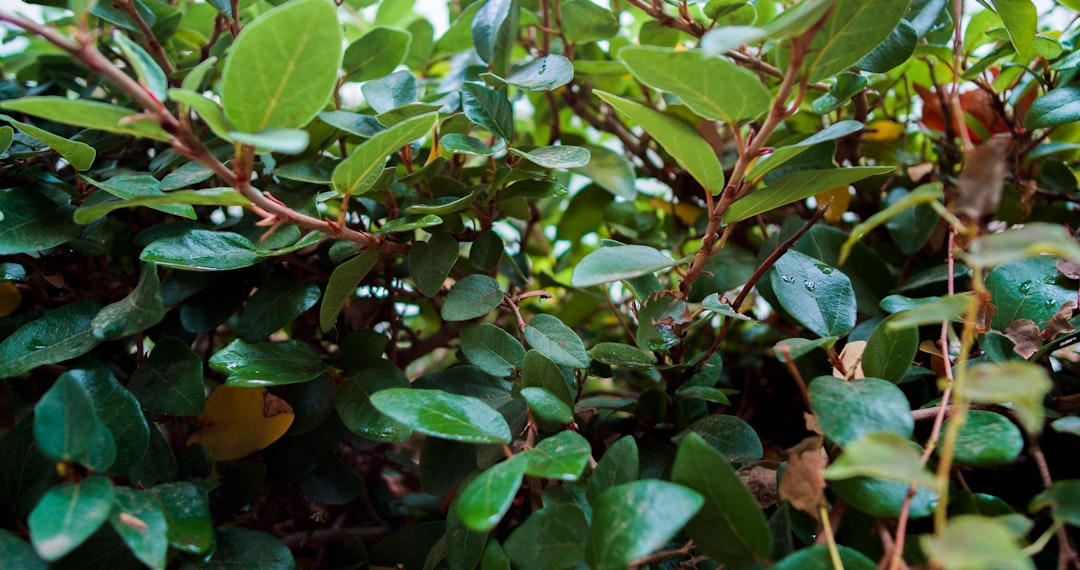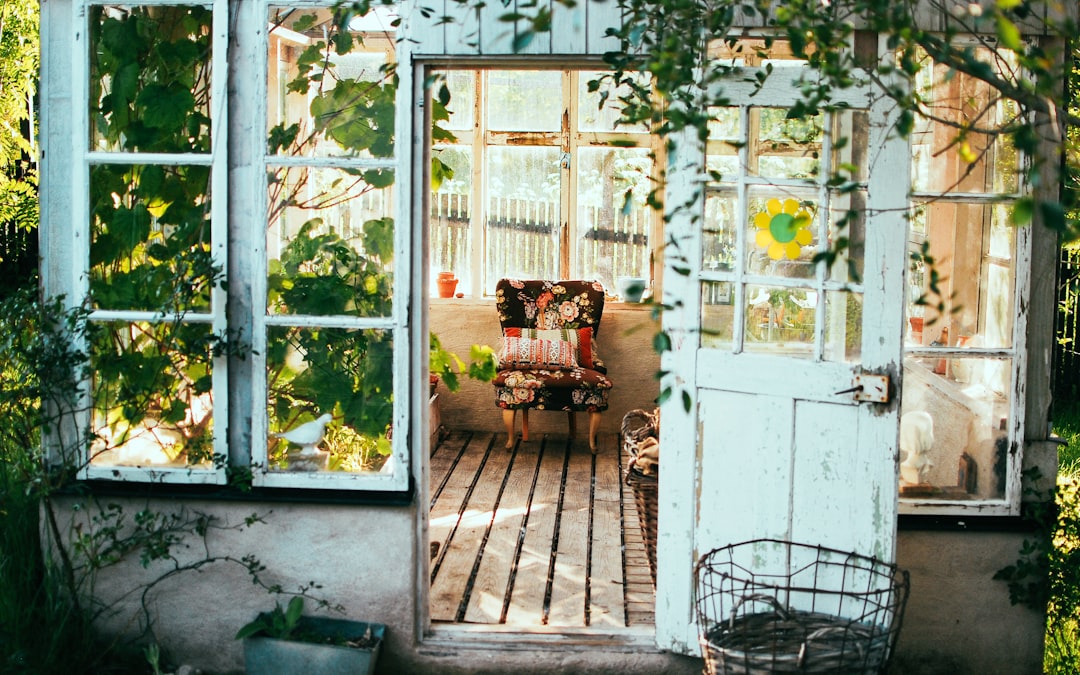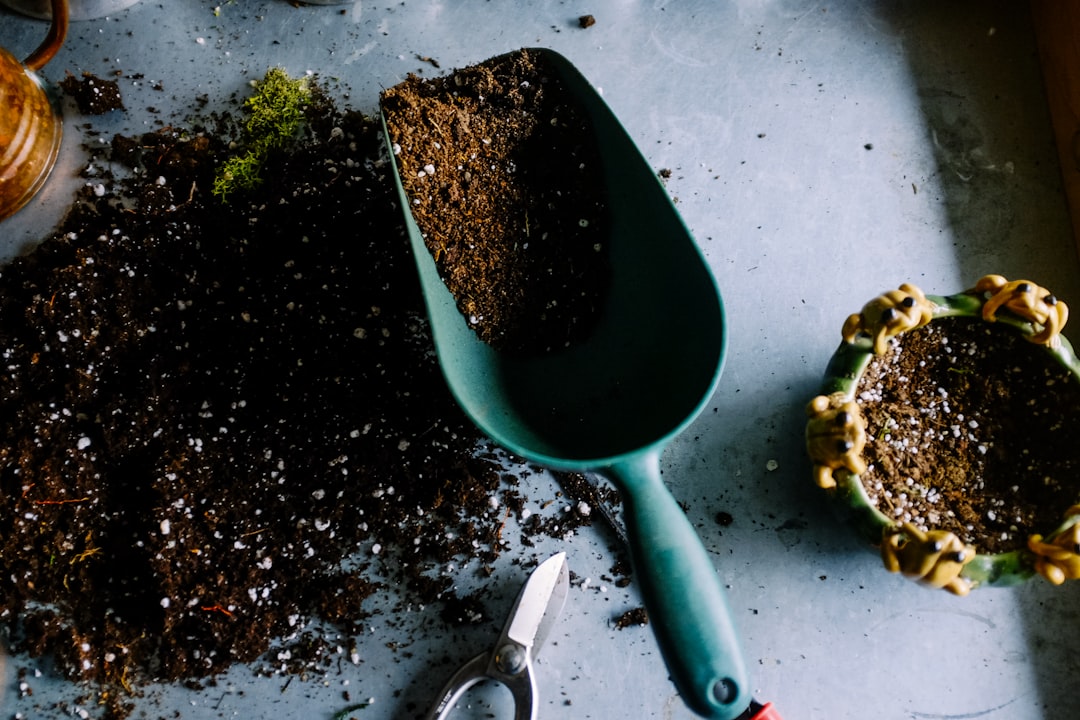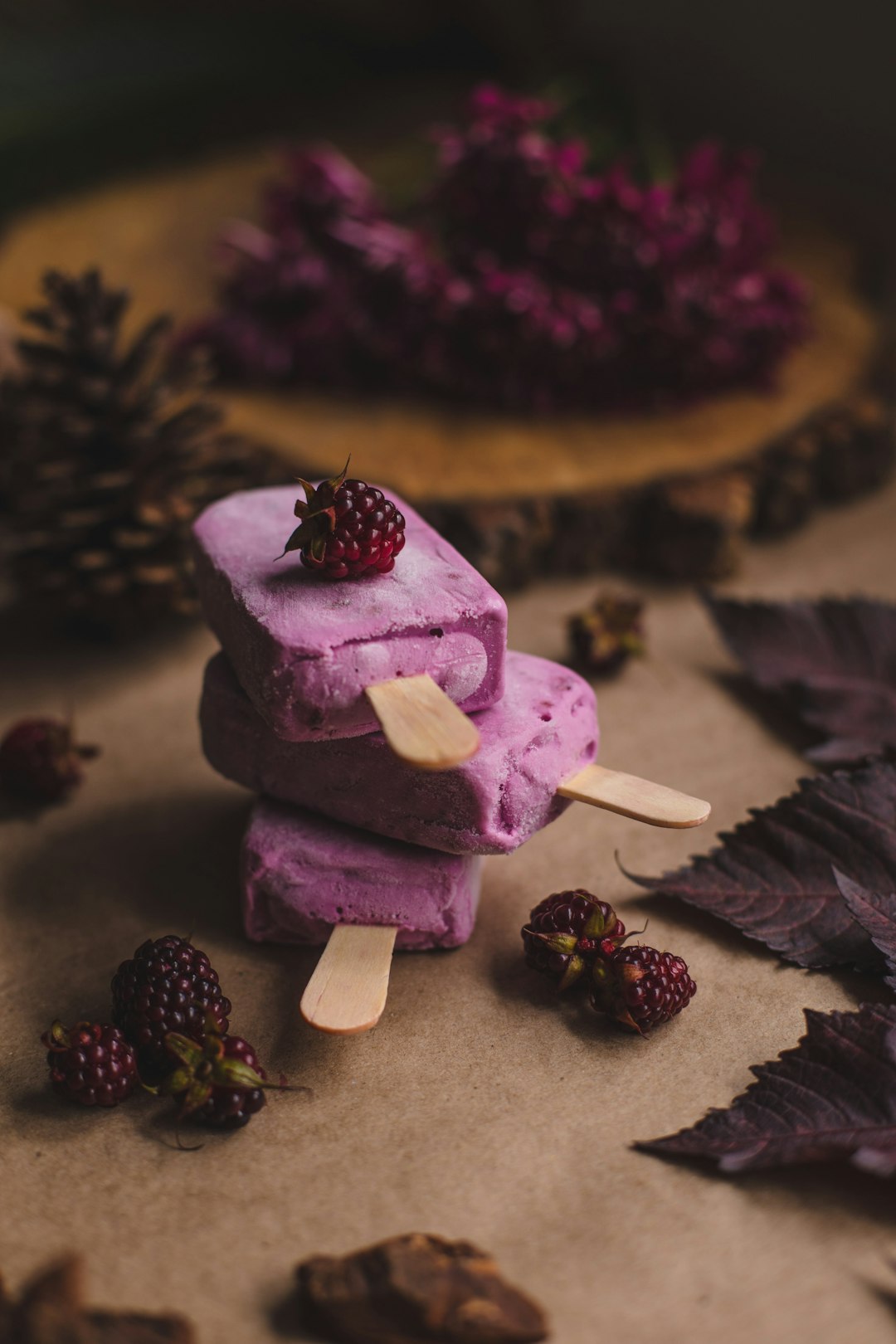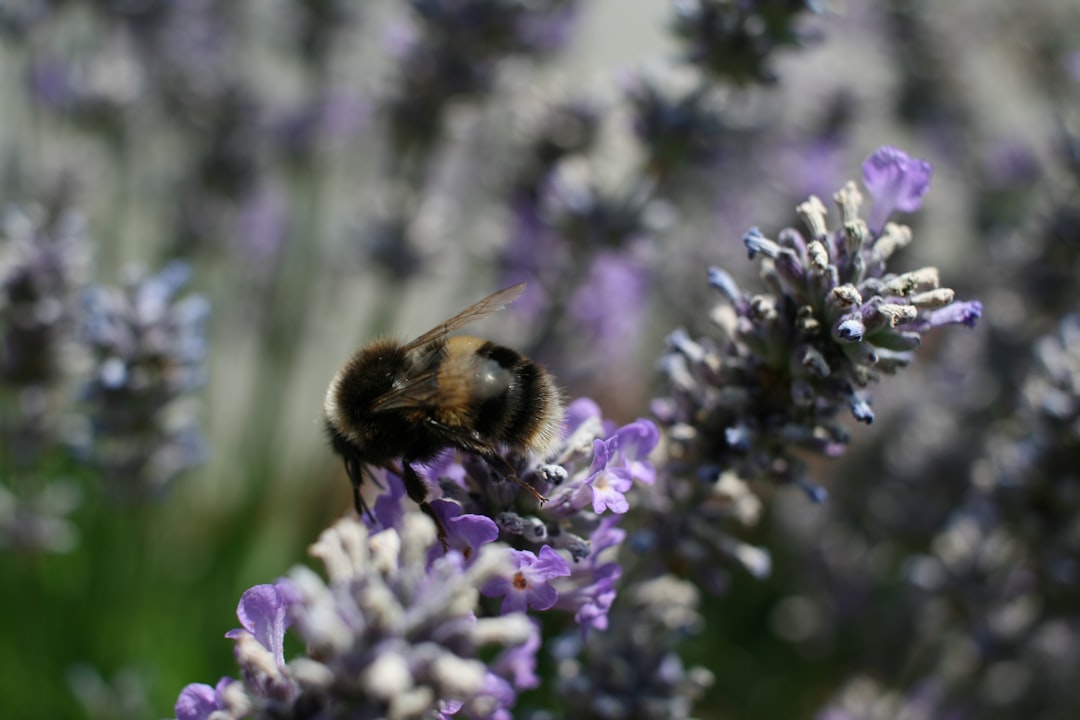
In the vast realm of gardening, there exists a plant that often goes unnoticed, yet holds a unique charm that can transform any garden into a haven of beauty and tranquility. This plant is Akebia, a deciduous, perennial vine that boasts not only stunning purple or white flowers with a tantalizing chocolate - like scent but also lush foliage that makes it a worthy addition to any garden.
Akebia belongs to the Lardizabalaceae family and is native to East Asia. Its botanical name, Akebia, has an air of mystery and elegance. The genus encompasses several species, with Akebia quinata and Akebia trifoliata being the most commonly cultivated ones. These vines are known for their vigorous growth habit, which can be both a blessing and a challenge for gardeners.
Let's start with the flowers of Akebia. When spring arrives, the vine comes alive with clusters of delicate blossoms. The purple - flowered varieties have a rich, deep hue that is reminiscent of royalty. The petals are soft and velvety, and when the breeze blows, they seem to dance in the sunlight. The white - flowered Akebia, on the other hand, exudes a sense of purity and innocence. The flowers are small but numerous, creating a carpet of color along the vine. And then there's the scent. The chocolate - like fragrance is simply irresistible. It wafts through the garden, attracting bees, butterflies, and even humans with its sweet aroma. It's like having a natural chocolate factory in your backyard.
However, it's the foliage of Akebia that truly steals the show. The leaves are compound, usually consisting of five or three leaflets, depending on the species. They are a vibrant green color during the growing season, providing a lush backdrop for the flowers. The leaflets are oval - shaped with smooth edges, and they have a slightly glossy texture that catches the light. As summer progresses, the foliage becomes even more dense, creating a natural privacy screen or a living wall. In the fall, the leaves turn a beautiful yellow or orange color, adding a splash of autumnal warmth to the garden.
One of the great things about Akebia is its adaptability. It can grow in a variety of soil types, as long as the soil is well - drained. It prefers full sun to partial shade, but it can tolerate some shade, especially in hot climates. This makes it suitable for different areas of the garden, whether it's along a fence, on a trellis, or climbing up a pergola. Akebia is also relatively drought - tolerant once established, which is a plus for gardeners in areas with limited water resources.
When it comes to propagation, Akebia can be propagated from seeds, cuttings, or layering. Seeds can be sown in the spring, but they may take some time to germinate. Cuttings are a quicker way to propagate the vine. Take a 4 - 6 inch cutting from a healthy, mature vine in the summer, remove the lower leaves, and dip the cut end in rooting hormone. Then plant the cutting in a pot filled with a well - draining potting mix and keep it moist until roots develop. Layering is another option. Bend a low - lying branch of the vine to the ground, make a small cut on the underside of the branch, and cover the cut area with soil. Roots will form at the cut site, and once they are well - established, the new plant can be separated from the parent vine.
However, like any plant, Akebia has its drawbacks. It can be invasive in some areas, especially in regions with a mild climate. The vine can spread quickly and choke out other plants if not properly managed. Gardeners need to be vigilant and prune the vine regularly to keep it in check. Pruning should be done in the winter or early spring before new growth begins. Remove any dead, damaged, or overcrowded branches to promote healthy growth and maintain the shape of the vine.
In conclusion, Akebia is a remarkable vine that offers a combination of beauty, fragrance, and practicality. Its flowers and foliage are a sight to behold, and its adaptability makes it a versatile plant for the garden. While it requires some care and attention to prevent it from becoming invasive, the rewards are well worth the effort. Whether you're a seasoned gardener or a beginner, adding Akebia to your garden can bring a touch of the exotic and a whole lot of charm.
New











